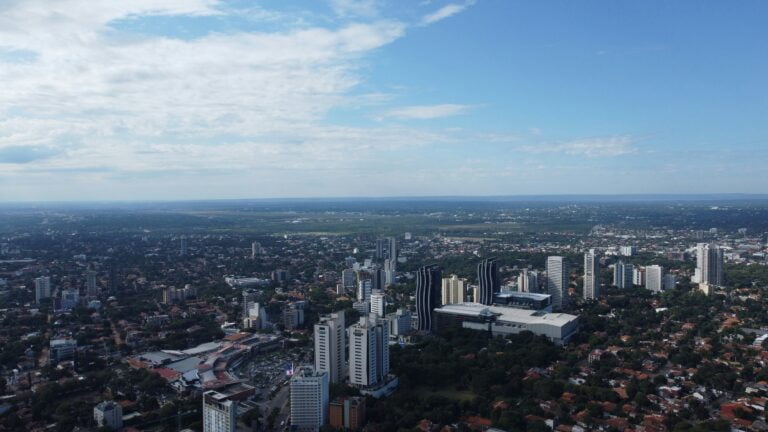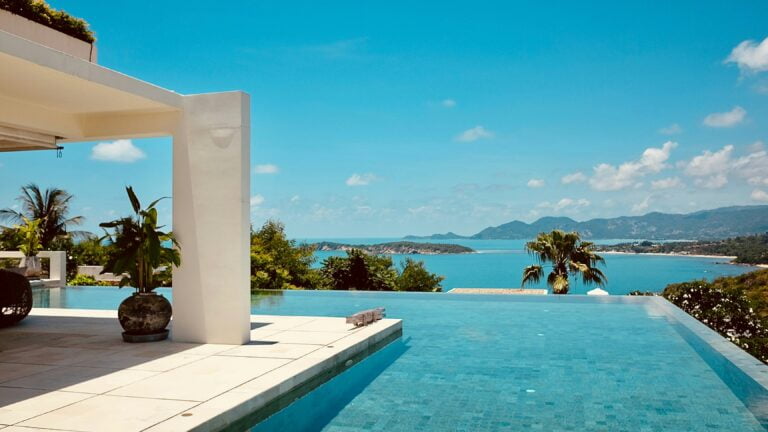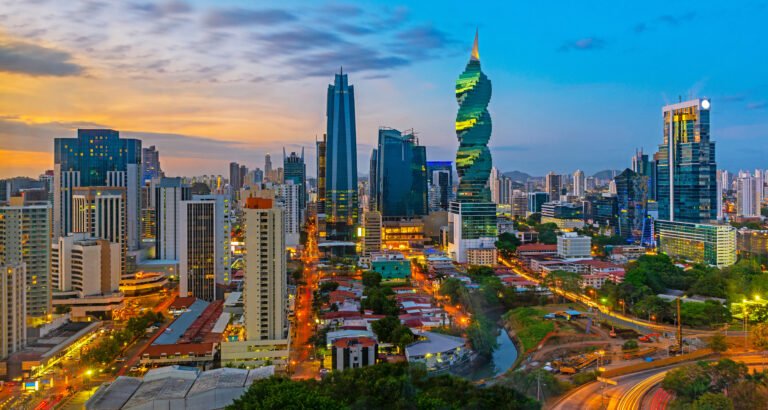The country of Moldova should be considered as one of the best places which offer a citizenship by investment. Moldova is also a great place if you are looking into Eastern European countries for living. Find out more about this amazing place in this article!
Learn what Dual citizenship means right here!
Read also articles about other countries with offered citizenship right here:
History of Moldova
Bessarabia – a name often given to the region of the country of Moldova between the rivers Dniester and Prut – has a long and turbulent history. As part of Scythia in the 1st millennium BCE, Bessarabia later marginally came under Roman control as part of Dacia. It lay on one of the mainland routes to Europe and was attacked by successive waves of barbarians, and the area had many masters. Gradually, under various influences, Vlach (or Romanian) nationality developed. Part of the city fell under the rule of Kievan Rus between the 10th and 12th centuries. AD and later transferred to the Prince of Galicia. From 1241 to the 14th century Moldova was a vassal to the Tatars
The Romanian government immediately implemented a drastic land reform initiated by Sfatul Țării, with a maximum allowable of 247 acres (100 hectares). Regardless, the province behaved economically. The uncertainty caused by the continuing prejudice of the Soviet Union hampered development; Romania did not need Bessarabia fruit, grain, and wine; roads were insufficient; the rail system was focused on Russia; and the closure of the Dniester and the loss of natural outflow, Odesa, had a disastrous effect. The province was subjected to a centralized regime, sometimes of a military nature; in 1938, King Carol II attempted to break his historical unity by dividing it among newly created regions. In 1939 there were some delayed concessions to minorities.
World War II
After the German-Soviet Pact of August 1939, the Soviet Union renewed its claims on Bessarabia, and the collapse of the Western European front towards the Germans in 1940 accelerated the action. At the end of June, the Soviet ultimatum demanded the transfer of Bessarabia and northern Bukovina to Romania. The Romanian government was forced to submit and marched Soviet troops (June 28). On July 11, the districts of central Bessarabia inhabited predominantly by Moldavians were annexed to part of the Autonomous Republic of Moldova via the Dniester, in August to form the Moldovan Soviet Socialist Republic (SSR), with the capital Kișinău. The district of Hotin in the north was incorporated into the Ukrainian Soviet Socialist Republic, as well as the southern regions of Cetatea Albă and Izmail. Another land was confiscated, and collectivization was started. Many Moldovans left, some Jews joined, and the entire German population was moved to western Poland based on an agreement between Germany and the Soviet Union. In July 1941, Romania entered Bessarabia after joining the war as a German ally against the Soviet Union. In December 1942, it was entirely governed as Romanian territory, although the formal annexation decree was postponed until the end of hostilities. Some Moldovan peasants from Transdniestria (Transnistria; Pridnestrovie), a newly organized Romanian province between the Dniester and Southern God, settled on the detached German farms and many Jews were killed or deported.
People of the country of Moldova
About three-quarters of the Moldovan population consists of ethnic Moldovans. There are smaller populations of Ukrainians, Russians, Gagauz, Roma (Gypsies), and Bulgarians. The Ukrainian community of Moldova, the largest minority group, is divided between those who are indigenous to the country (their ancestors who have farmed what is now Moldova for centuries) and those who moved to Moldova during the period of Russian and Soviet control. The former group makes up the majority of Ukrainians in Moldova.
Religion
Orthodox 90.1%, other Christian 2.6%, other 0.1%, agnostic (2014 est.)
Political situation
The new constitution, which replaced the 1978 document establishing the Soviet government structure, was approved by the Moldovan Parliament in July 1994 and proclaimed on 27 August the same year. This constitution, which describes the Republic as a “sovereign, independent” state in which “justice and political pluralism” is guaranteed, formally created a unicameral parliament whose members are directly elected for a four-year term. By secret ballot, they choose the President, who serves as the Head of State, for a four-year term. The President shares executive power with the Council of Ministers (Cabinet), which is led by the Prime Minister, who is appointed by the President (after consulting the parliamentary majority) and approved by Parliament. The Council is responsible for the implementation of the domestic and foreign policy of the state.
After the collapse of the Soviet Union, Gagauz proclaimed in the south, and the Russians east of the Dniester River owned an independent republic. The Moldovan Government addressed the desires of Gagauz in January 1995 by establishing an autonomous administrative region known as Găgăuzia. Its capital is in Comrat, where the governor (bașkan), the executive committee, and the legislature (foreign policy, defense, and monetary affairs in Găgăuzie are still under the control of the Moldovan Government). Neither the Moldovan Government nor the international community have recognized the independent Republic of Transdniestria (Pridnestrovie; Transnistria), whose name derives from its location behind (on the east side) the Dniester River. According to the Transdniestrian Constitution, its President also serves as prime minister and there is a unicameral legislature. The self-proclaimed Republic also has its own flag and anthem. In response to the aspirations of the region, the 1994 Moldovan Constitution approved a “special status” for the semi-autonomous Transdniestria territory as well as for Găgăuzio. The Transdniestrian Government rejected this offer, and the vast majority of Transdniestrian residents voted for independence in a referendum in 2006 (although the subsequent declaration of independence was not recognized elsewhere). Russia maintained some 1,500 troops in Transdniestria.
Foreign relations
Active participation in the European Union (EU) programs is one of the objectives of the European integration process of the country of Moldova (RM). It facilitates the implementation of the Association Agreement (AA) by building on EU best practices and promoting people-to-people contacts. Following the signing of the Additional Protocol to the Partnership and Cooperation Agreement (PCA) with the RM on 30 September 2010, follow-up steps were taken to extend the participation of institutions from the RM to EU-Horizon 2020, Creative Europe, Erasmus +, Customs 2013 programs.
The Eastern Partnership is an EU consolidation initiative and deepening consolidation with the Eastern Dimension (Armenia, Azerbaijan, Belarus, Georgia, Republic of Moldova, Ukraine) to support and accelerate their gradual accession to the EU. This initiative, which was officially launched on 7 May 2009 at the Eastern Partnership Summit in Prague, is guided by the principles of shared engagement, differentiation and confidentiality and shared values such as democracy, the rule of law, respect for human rights and market economy, sustainable development and good governance remains the basis of this partnership. The Republic of Moldova’s cooperation with the UN and its specialized institutions is also an essential area in the work of the MFA. At this stage, the work of the UN in Moldova is developed by the UNO-Republic of Moldova Partnership Agreement and the 2013-2017 Action Plan signed in Chisinau in December 2012 by the Prime Minister of the Republic of Moldova, the UN Resident Coordinator and UN representatives in the Moldova Republic. Several positive decisions have been made by the FAO and the International Labor Organization to open some offices in Chisinau and appoint national coordinators. Both actions aimed to ensure that the aid offered to our country in the areas of agriculture and labor, respectively, was maintained or increased.
Positive developments were the relations of the Republic of Moldova with the North Atlantic Alliance. A qualitatively new level of these relations was defined in the Moldova-NATO Individual Action Plan for 2014-2016, whose implementation will contribute to deepening political dialogue and deepening cooperation between the RM and the Allied States and will ensure the modernization and reformation of the national security and defense sector. Referring to the cultural dimension of foreign policy, it is worth mentioning the active participation of diplomatic service representatives in various important events aimed at promoting the country’s image, its cultural, artistic values , and establishing cooperation in the field of culture. Social contacts with world states were impulses. The MFA and diplomatic missions provided the necessary assistance for the participation of our country’s representatives in international exhibitions, fairs, symposia, and the popularization of scientific relations and heritage.
Weather / Climate
The Moldovan climate – warm and slightly continental – is characterized by a prolonged frost-free period, a relatively mild winter, severe temperature fluctuations, and prolonged droughts in the south. The average annual temperature is 40 ° F (about 8 ° C) in the north and 50s F (about 10 ° C) in the south. Still, July averages rise to the upper 60s and 70s F (about 19 ° C and 23 ° C), and Mercury rarely drops low 20 ° F below (about -3 ° C) in January. Extreme lows were recorded at -30 ° F (about -36 ° C) in the north and excessive highs near 100 ° F (about 41 ° C) in the south. Moldova receives a highly variable amount of precipitation – usually, about 20 inches (500 mm) a year on average, with a total slightly lower in the south – but these numbers conceal variations that can double the amount in some years and lead to prolonged dry spells in others. Most rainfall occurs as rain in the warmer months and sharp summer showers associated with irregular terrain cause erosion and fouling problems. Winter snow is thin. The wind tends to come from the northwest or southeast.
Conclusion on the country of Moldova
Moldova is a beautiful country with a lot to offer. If you consider moving there you will not regret the decision if you find Moldova amusing.






